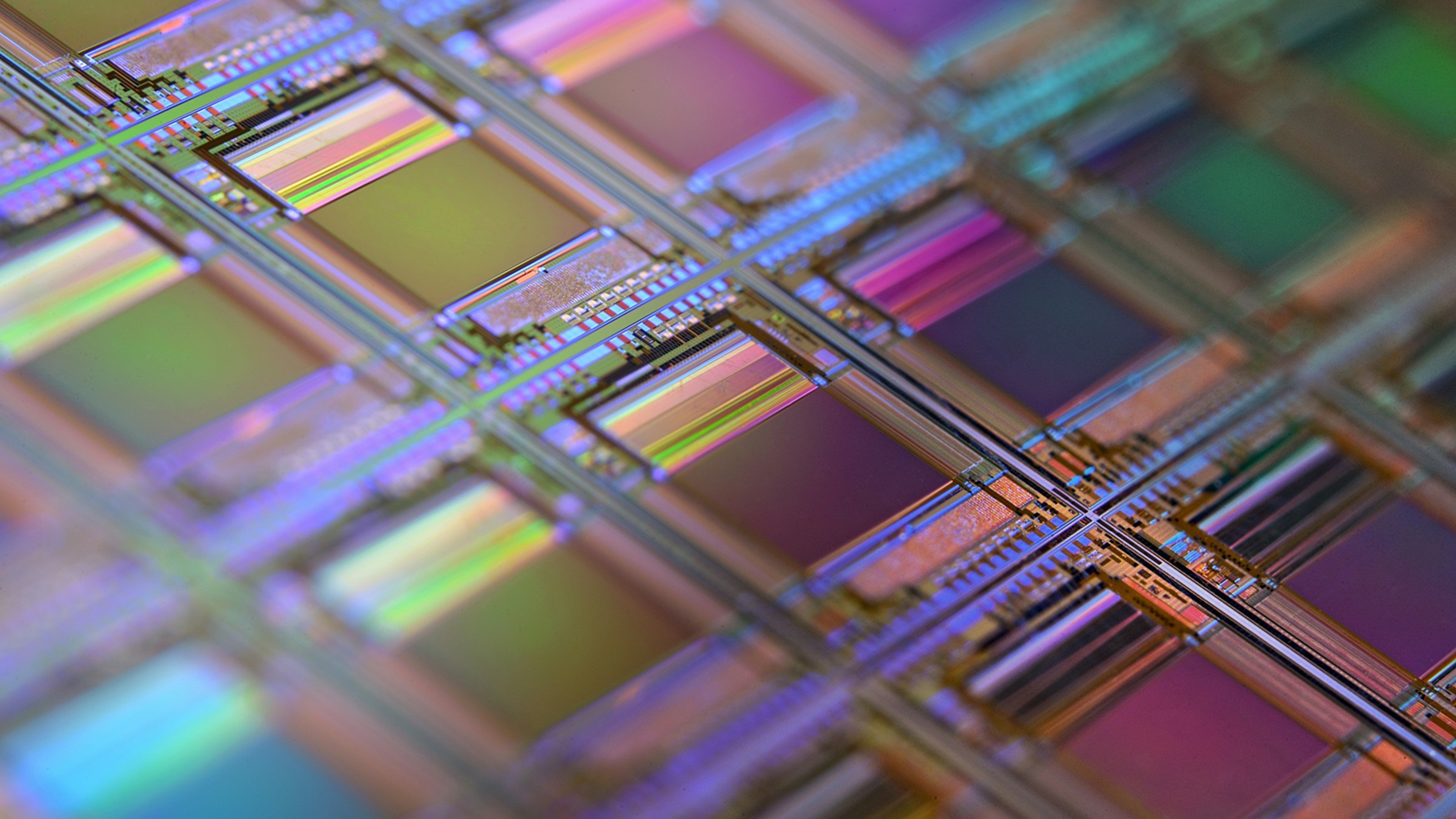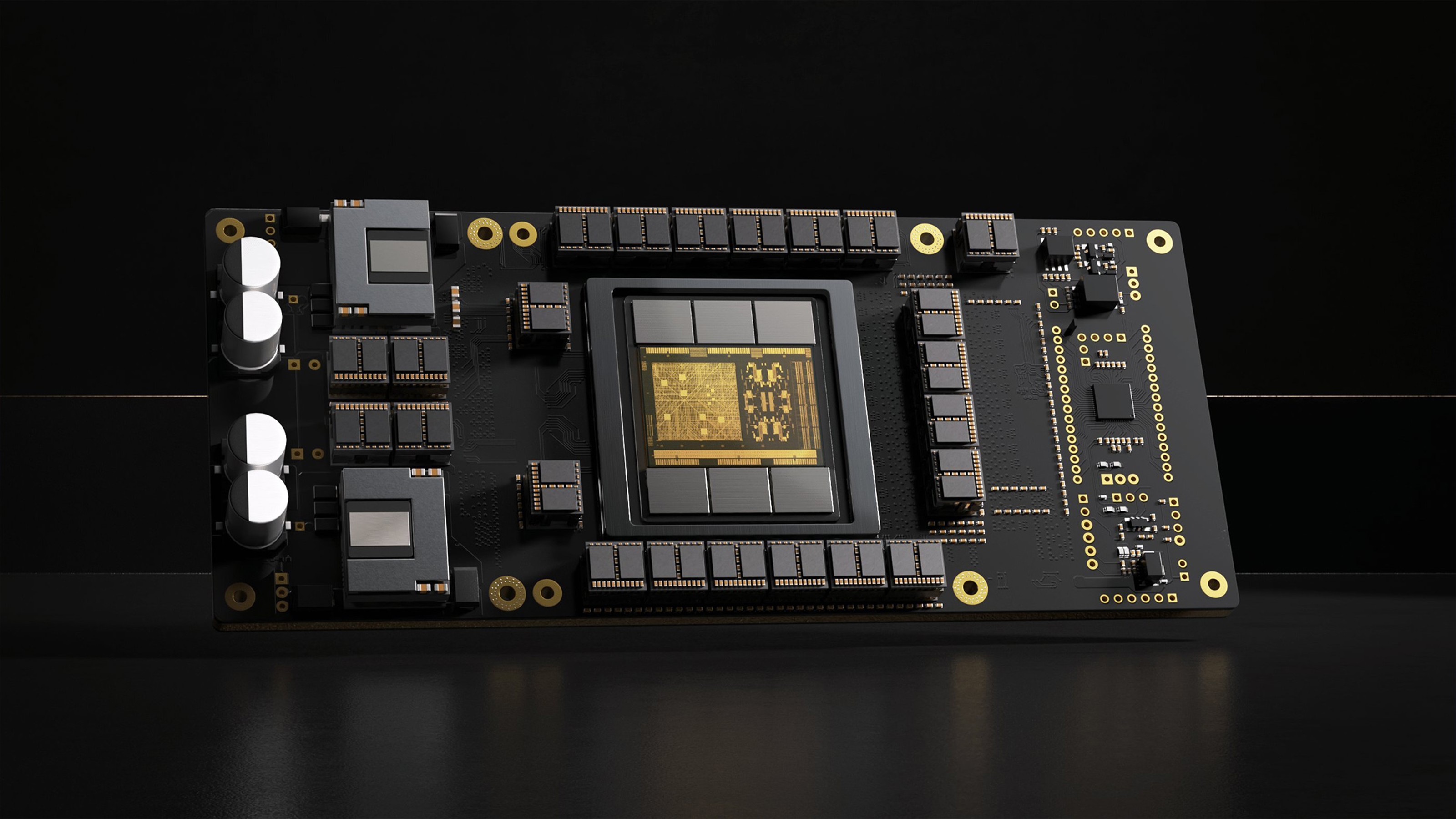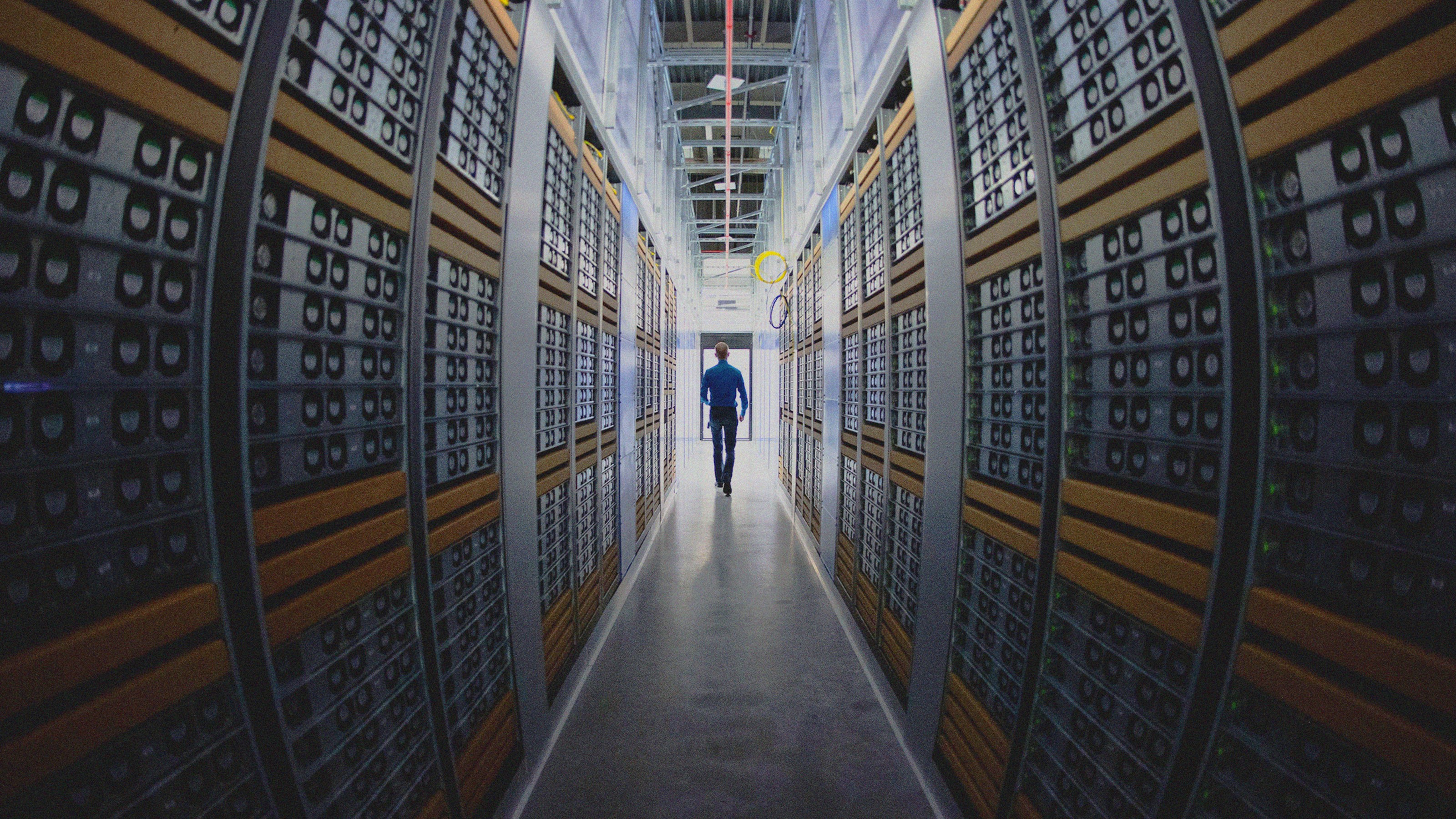Eleven Technologies That Will Revolutionize Business

Nearly every new technology is hailed (at least by its creators) as one that will “revolutionize” this or that aspect of our lives. Upon closer examination, however, the hype is seldom warranted.
The “breakthrough” technology rarely makes the dramatic difference its creators hyped. This puts the innovation-hungry executive in a permanent flux — always searching for technologies that transcend impressive-sounding buzzwords and increase productivity that are so often promised but so rarely delivered. Once in a while, though, a technology gets beyond vaporware and offers a solution so promising that widespread adoption seems all but certain. The following are eleven exciting technologies that may go beyond the hype and actually be game-changers.
Verizon MiFi
Mobile computing is a cornerstone of business in the twenty-first century, but having reliable broadband access on the road (especially for teams) has been a time-wasting exercise in finding that elusive wifi hotspot or frustratingly trying to share an Internet connection. This explains the buzz surrounding Verizon’s MiFi portable hotspot, a gadget that converts 3G signals (available virtually anywhere) into a wifi signal that up to 5 devices can use simultaneously. Equipped with a MiFi, executives can boldly send their web-enabled employees wherever they need to go with their own portable LAN.
Google Wave
Most people would think that an ambiguously named private release from a huge company can only mean one thing: vaporware. But it might not be the case for Wave. As one of Google’s most ambitious projects to date (its engineers reportedly envision it partially replacing e-mail), Wave is a communications and collaboration mash-up, combining document sharing, streaming video, and live chat into a single screen where teams can join forces on any project they might have. Check out the 80 minute Wave demo video Google did in May 2009, and you too will be amazed. In a post on the GoogleBlog, Wave’s lead engineer explains roughly how it works:
“In Google Wave you create a wave and add people to it. Everyone on your wave can use richly formatted text, photos, gadgets, and even feeds from other sources on the web. They can insert a reply or edit the wave directly. It’s concurrent rich-text editing, where you see on your screen nearly instantly what your fellow collaborators are typing in your wave.”
Gmail Video
While never touted as something that would change the landscape of business communications, Gmail Video nevertheless holds that promise because it’s so unpretentiously easy and useful. Upon reviewing the service, Rafe Needleman of CNET “…found a demo of voice and video quality on the service excellent.” In its article “Why Gmail Video Chat is Important”, PC World notes that unlike Yahoo! and MSN video platforms, Gmail video is integrated directly into Gmail itself, “…making your inbox a central point of communications, instead of having to open various windows and applications at the same time.” Anyone who wants to conduct a simple and painless video chat will find that Gmail Video “just works”.
Cisco Holographic Conferencing
As far as teleconferencing technology has come, it has yet to capture the dynamics of face-to-face, in person meetings: the body language, posture, and personal mannerisms that computers simply cannot replicate. That is exactly why Cisco’s new TelePresencing technology is so exciting and potentially transformative. This technology offers the ability for two or more remote parties to see, in holographic form, the people they are meeting with as though they were really in the room. Remarking on how true-to-life the holographic representations were, one man testing the technology at Cisco exclaimed, “This is wonderful. I can even see the sweat on your brow!”
Dual-Screen Laptops
Dual monitor displays for desktop PCs have resulted in large gains in workplace productivity, but laptop users have been left out in the cold. Until now, that is. With the release of the ThinkPad W700, Lenovo made headlines as having created the world’s first dual display laptop. GearCrave.com says the W700 is “great for artists, CAD designers or anyone else who just can’t get enough desktop real estate.”
Touchscreens on Laptops
Touchscreens on cell phones have proven to be an extremely useful feature, and this technology is making its way to laptops. According to MobileComputerMag, Asus has cooked up an 8.9 inch, touchscreen-equipped netbook, which will be released in 2009 and cost roughly the same as the Eee PC 1000, already on the market. Any business whose employees and executives use laptops (which, today, is most of them) should benefit greatly from the ease of use and simplicity that comes with touchscreens, especially on the popular but tiny netbooks.
Cloud Computing
Cloud computing has been touted for years as one of the “next big things” in business technology and it is finally beginning to yield real dividends in practice. A shining example can be found in Amazon’s S3 service, a web service which, “…gives any developer access to the same highly scalable, reliable, fast, inexpensive data storage infrastructure that Amazon uses to run its own global network of web sites.” Rather than paying up-front for vast, high-powered servers and Internet connections, a business can test the waters by buying only the bandwidth and storage they need at a particular time, scaling up (or down) as demand requires.
Desktop Virtualization
Sitting atop Gartner‘s “Top 10 Strategic Technologies for 2009” ranking is virtualization. While server virtualization has grabbed the lion’s share of buzz, desktop virtualization is piquing the interest of more and more businesses. With desktop virtualization, all the guts of the computer (the operating system, installed applications, and stored data) are stored on a central server. The computer in front of you connect to and loads data from the central server. The advantages of desktop virtualization include ensuring greater data security by creating user silos, lower IT support costs due to central administration, and much lower hardware costs because users only need a thin client to access the central server.
Ocarina Network’s Storage Optimizer
We’re creating data faster than storage costs are decreasing. That’s why Ocarina Networks’ claim that it can compress files enough to save 50-75% of disk space is so interesting. Utilizing a physical appliance and a software application, Ocarina Network’s technology is capable of compressing some 5TB of data per day. Featured in InformationWeek‘s “50 Business Technology Companies to Watch”, Ocarina is already in use at data intensive enterprises like Kodak.
E-paper
Seen in appliances like the Amazon Kindle and other e-book readers, the technology has become sophisticated enough that many people feel as comfortable reading on e-paper displays as they do holding a physical sheet of paper in their hands. It’s not a stretch to imagine a truly paperless office in the near future.
Yammer
Many analysts have observed how transformative Twitter has been to casual communication and predicted it could do the same for business. However, in its present state, Twitter itself is not likely to do that. Twitter is simply too public to be of much help to an enterprise. That’s where Yammer has stepped in. It’s a “private Twitter” where only those with the same e-mail domain (ie, @yourcompany.com) can join and post updates. Founder David Sacks remarked onstage at 2008’s TechCrunch 50:
“You can see most the most prolific people and the most followed people. It is a good way to discover who is the most influential in your company.”





